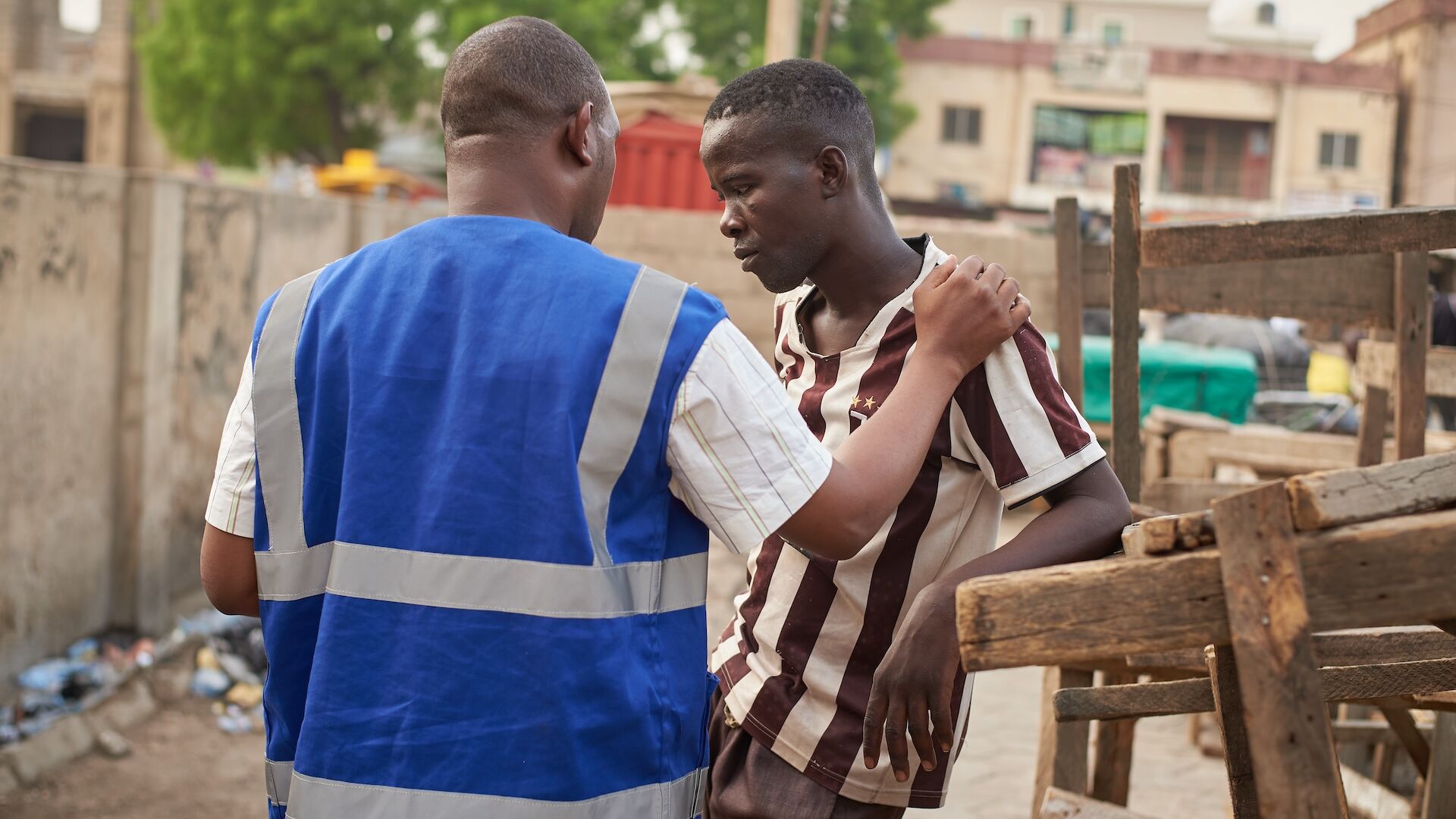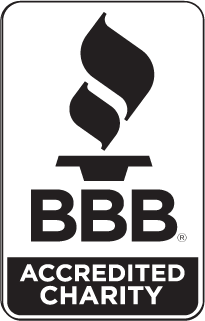On the Ground: Inside a Transformed NICU in the Dominican Republic
The Dominican Republic struggles with some of the highest neonatal mortality rates in Latin America and the Caribbean. Read a dispatch from writer Emma Schwartz on what she saw when she visited the country’s largest maternity hospital, where Project HOPE is helping newborns win the fight for their lives.
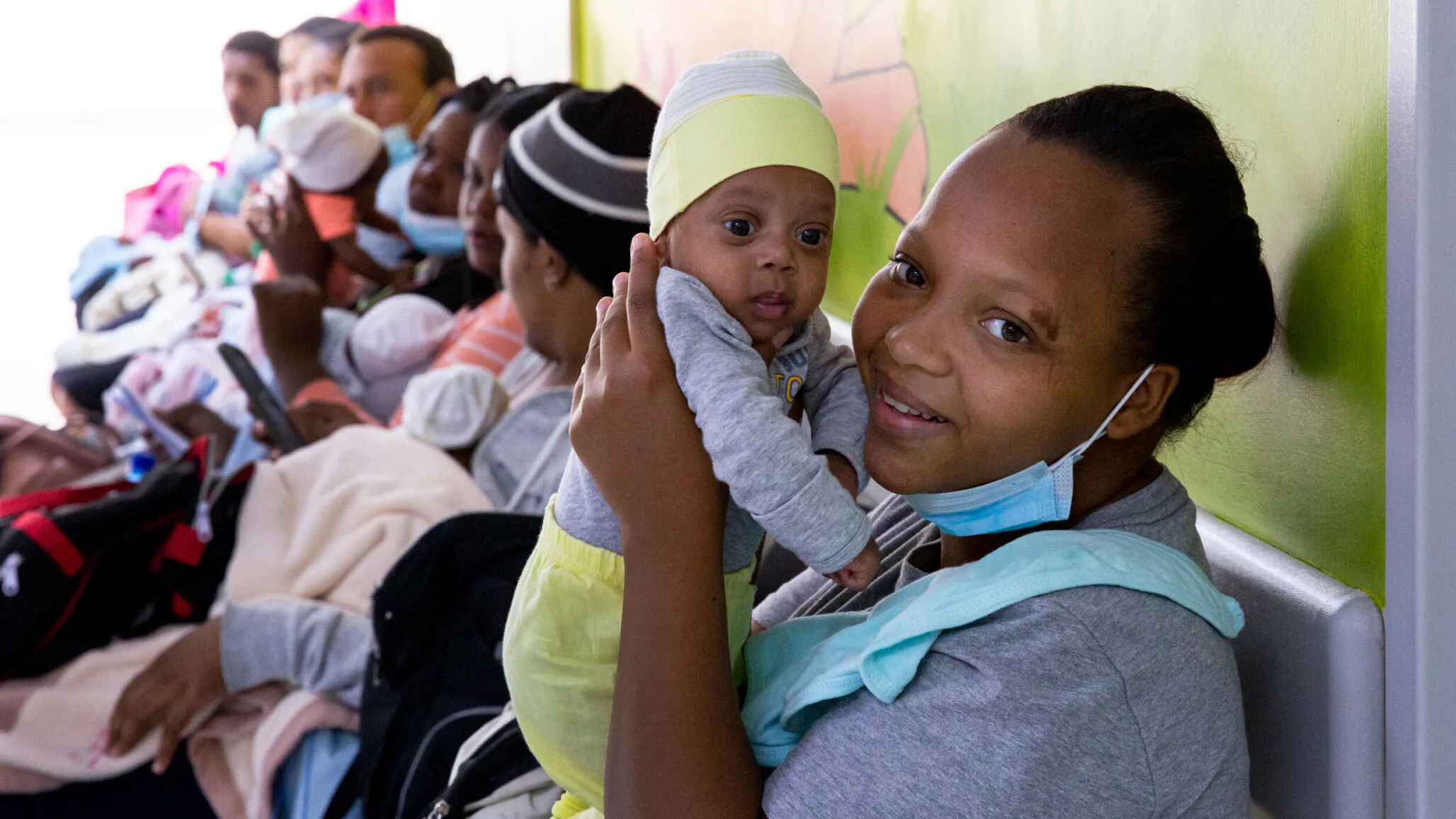
When a baby is born at San Lorenzo de Los Mina hospital, there is a 1 in 4 chance it’s premature.
As I first stepped through the doors of the neonatal intensive care unit, my eyes were drawn to the nametag taped to the closest incubator: baby Ostin, a little boy born at 26 weeks at just under two pounds. He’s been in the temperature-controlled incubator, on a ventilator, for two months. The nurse beside me whispers that this is common, and they can’t say for certain how much longer he’ll be here—it could be two more months, maybe three.
I’d never been inside a neonatal ward before. Nurses and doctors worked their way around the room monitoring the baby’s vital signs, conferring with one another in hushed tones. The echoes of beeping monitors, ventilators, and alarms were loudest. Every so often, a mother came in to hold her baby skin-to-skin.
The head of the NICU, Dr. Daphne Sanchez, shared with me just how critical and lifesaving the equipment in this room is, and how desperate they were before incubators and ventilators were delivered by Project HOPE. Before they had this equipment, they were using bassinets—open cribs under heat lamps—and around 70% of babies were dying.
“Without the right equipment, most of these babies would die,” she told me matter-of-factly. “These incubators and ventilators save lives.”
Even now, she says, the room is always full, and there aren’t enough incubators for all of the babies in the unit. The newborns who are most vulnerable are put in the incubators. Babies in less-critical condition lay in the open cribs under heat lamps in the room next door. Seeing the contrast between the two rooms, side by side, was startling. It was clear just how lifesaving this equipment is — the difference it’s making— and how the need is still great.
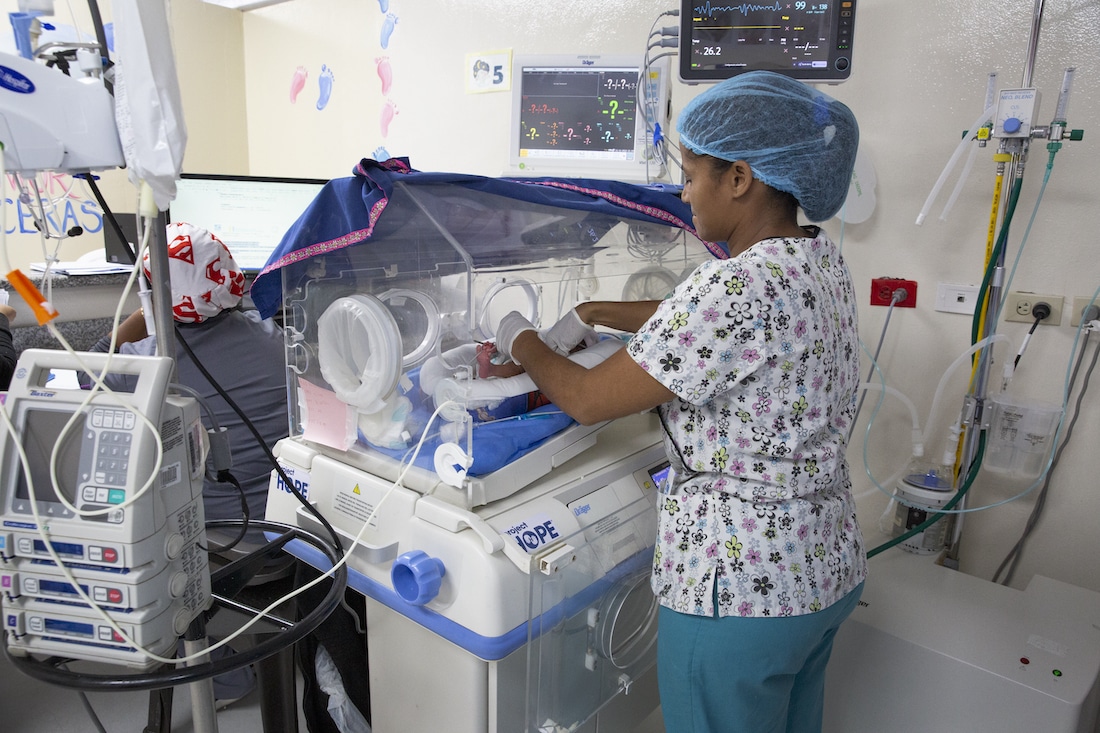
Located in Santo Domingo, San Lorenzo de Los Mina is the Dominican Republic’s largest maternity hospital. It had the highest neonatal mortality rate in the country before the Saving the Newborn program started in 2017. Since then, Project HOPE has renovated the NICU, procured and donated over 40 pieces of equipment, and trained hundreds of health workers on how to provide better care for high-risk and low birthweight babies.
The results have been profound: a reduction in deaths due to hypothermia, a decline in pulmonary hypertension from 80% to 37%, and transport time from delivery room to NICU reduced from four hours to nearly immediate, just to name three. A Project HOPE staff member told me that the transformation of the NICU was so huge that when the donor visited, they didn’t even recognize the hospital.
Now Project HOPE is working to expand capacity at other hospitals across the country.
On the day I was here, Project HOPE was delivering boxes of Pumani, a cost-effective bubble continuous positive airway pressure (CPAP) with built-in air compressor, which will help treat newborns with hypoxia. A Project HOPE team member put it simply for me: “It helps babies breathe.” This is the first time the hospital has had this equipment, and the national directors of health services and maternity and childcare came to receive it. Dozens of reporters and photographers filled the hospital lobby to document the handoff.
A Project HOPE team member put it simply for me: “It helps babies breathe.” This is the first time the hospital has had this equipment
Dr. Sanchez was trained by Project HOPE and now trains other health workers on what she’s learned. She’s been at the hospital for 15 years, working tirelessly to save newborn lives. I was and still am in absolute awe of the unwavering commitment of each health worker I met that week.
When I asked Dr. Sanchez why she does this work, tears started to well up in her eyes. She’s motivated by love—by the hope that these newborns will have a chance to see their first birthdays, to get to be children and grow up resilient and strong.
“I see the sadness parents feel when they see their babies here in the incubators, and I see the light when I see them get to leave the hospital with their babies in their arms. It’s like giving the gift of life,” she shared.
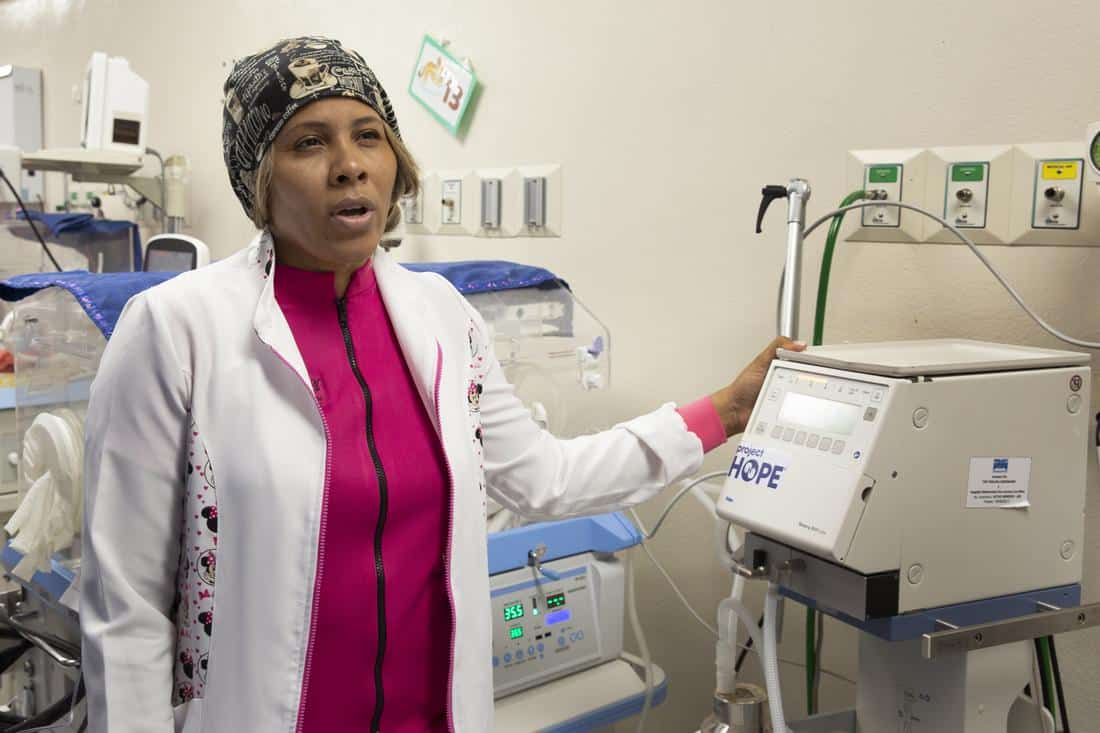
That day, I got to witness two sets of twins and a set of triplets leaving the NICU in the arms of their parents and grandparents—their exhaustion and fear eclipsed by immeasurable gratitude and relief. They’ll return each month for check-ups and will follow the Kangaroo Mother Care protocol for the first two years of their babies’ lives. Project HOPE provides ongoing training on the technique, which involves an infant being wrapped to their mother’s chest, skin-to-skin, to simulate the womb.
The KMC office is just across the hall from the double doors leading to the NICU. A long line of mothers and babies sat waiting outside the office door all day. More than 5,600 preemie babies have been registered in the program since it started. These were once extremely vulnerable, low-weight babies, like the ones we’d just seen attached to ventilators. You’d never know it. Now they’re full of life—walking, babbling, smiling, and playing peekaboo with our photographer, Marie Arago.
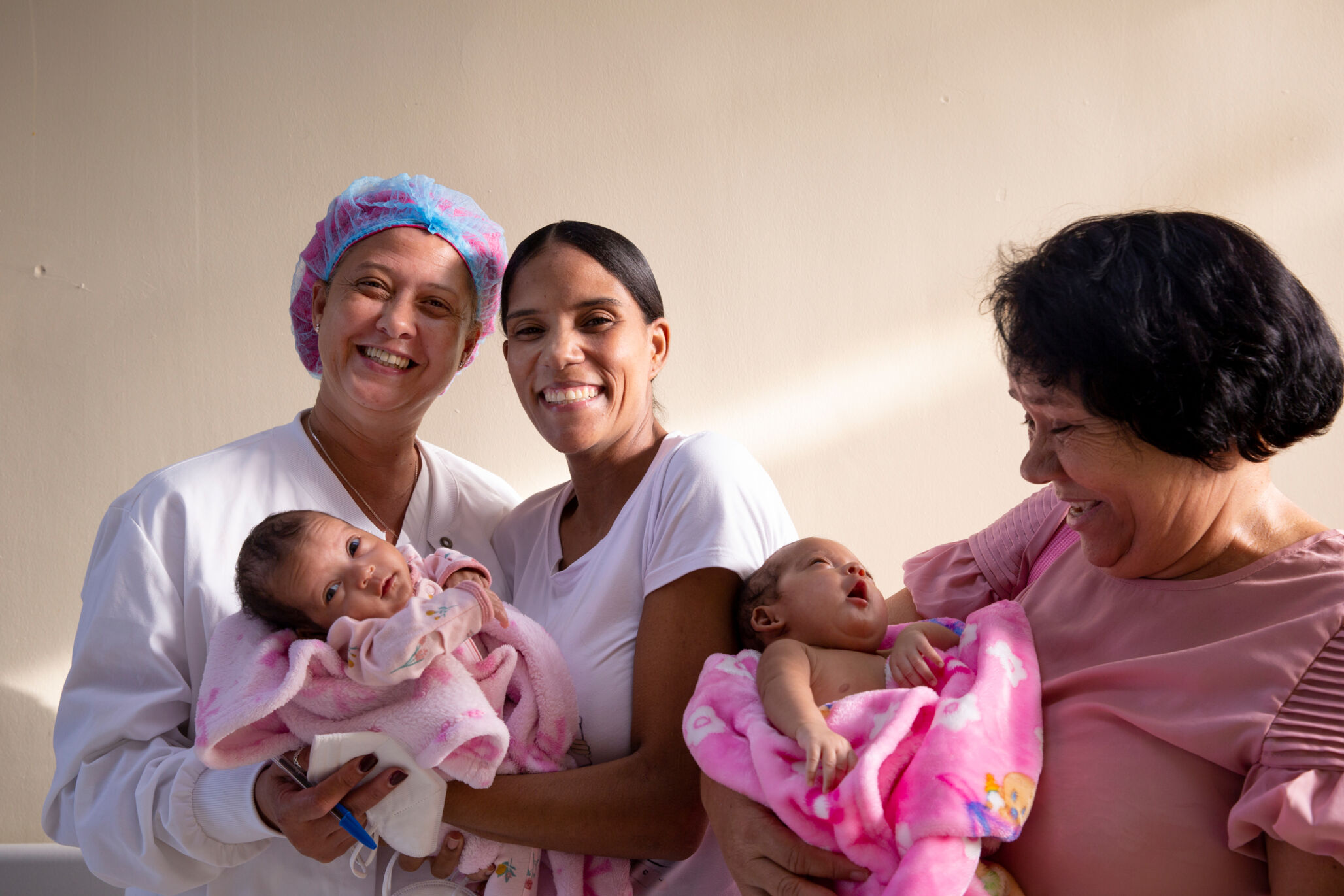
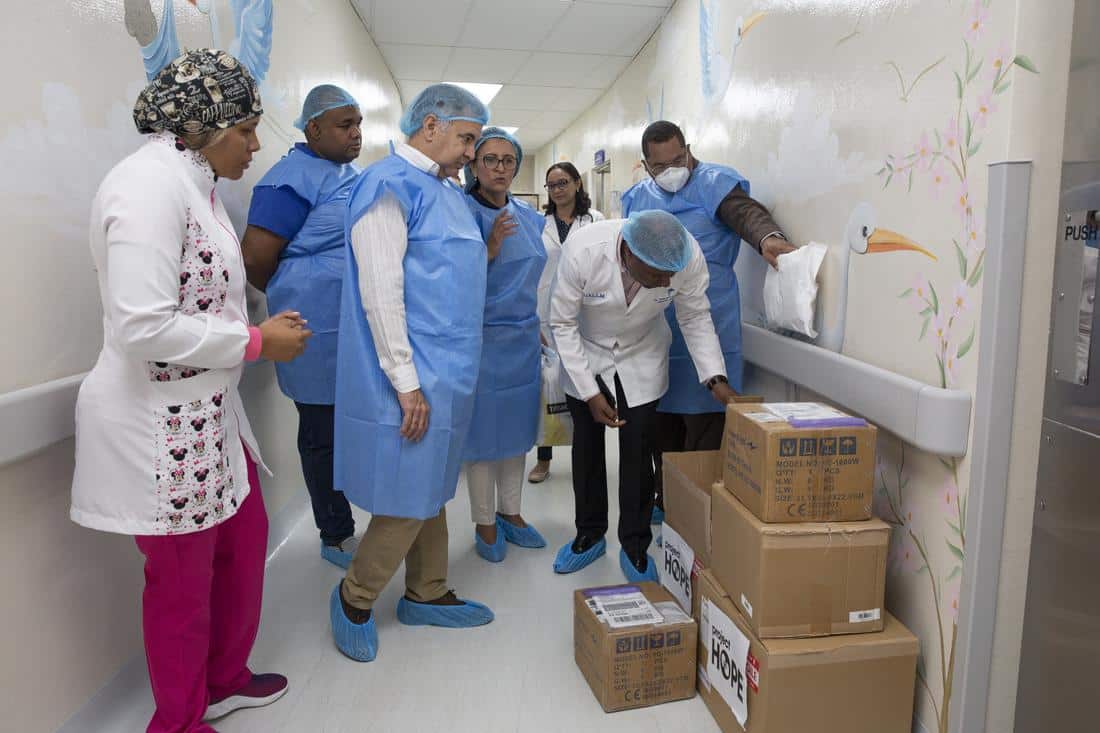
The head of the program, Dr. Matos, told us that Project HOPE’s support has allowed them to share the protocol with other hospitals around the country. It has also prompted the Ministry of Health to recognize its importance and begin providing support.
As I walked through the hallways of Los Mina with Project HOPE staff, including country director Teresa Narvaez, nearly every health worker we passed gave nods of recognition or stopped to say hello, embrace team members, and share their latest updates—knowledge applied, a pound gained, a life saved.
I’ve been working with Project HOPE for nearly four years, but this was the first time I had the opportunity to see some of the programs and people I’ve been writing about. Reading or hearing about something is never the same as seeing it for yourself—the truth of it might not hit you, may not move you, until you’ve experienced it first-hand.
What I know now is that when we say Project HOPE’s work is lifesaving, it’s not hyperbole. It’s another health worker who has the knowledge and equipment they need to succeed. It’s a new baby who gets the promise of childhood, and the chance for a long and healthy life. It’s a parent who gets to leave the hospital with their newborn and look forward to every other milestone to follow.
This day, and the whole week I spent in the Dominican Republic, will be committed to my memory for a long time to come.
What I know now is that when we say Project HOPE’s work is lifesaving, it’s not hyperbole. It’s another health worker who has the knowledge and equipment they need to succeed. It’s a new baby who gets the promise of childhood, and the chance for a long and healthy life. It’s a parent who gets to leave the hospital with their newborn, and look forward to every other milestone to follow.
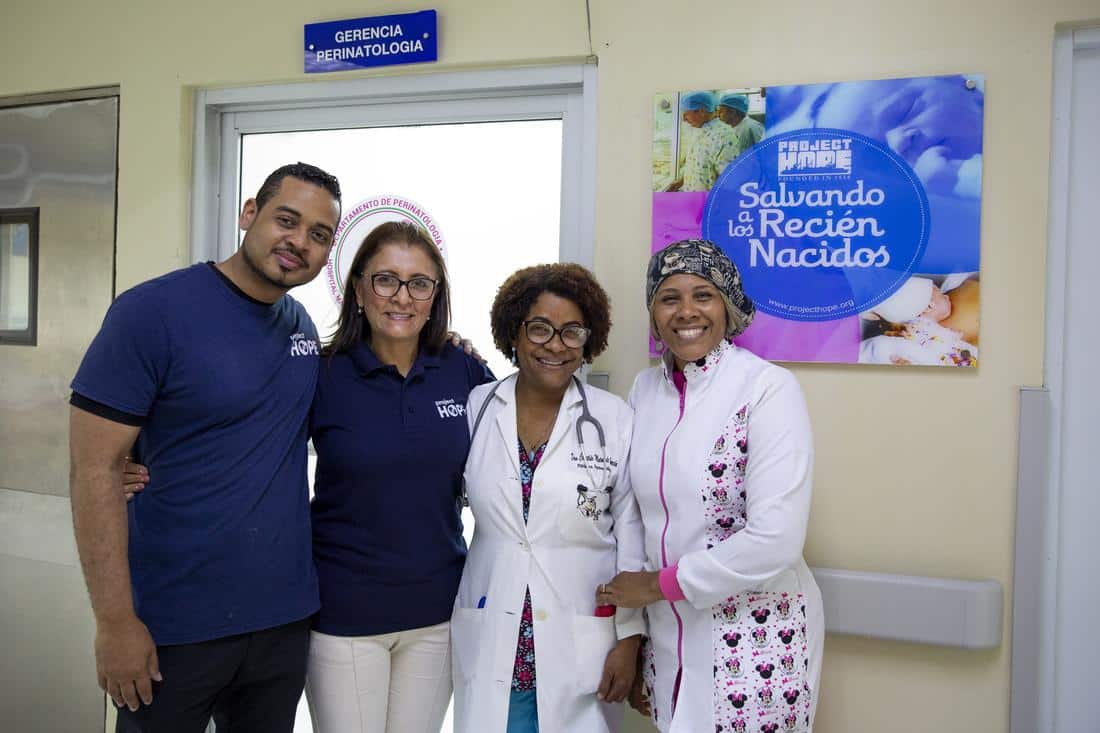
Emma Schwartz is a U.S.-based freelance writer for humanitarian assistance and international development organizations. Her assignments have taken her from Kenya to Timor-Leste and beyond, covering subjects including global health, climate change, and refugee crises.

